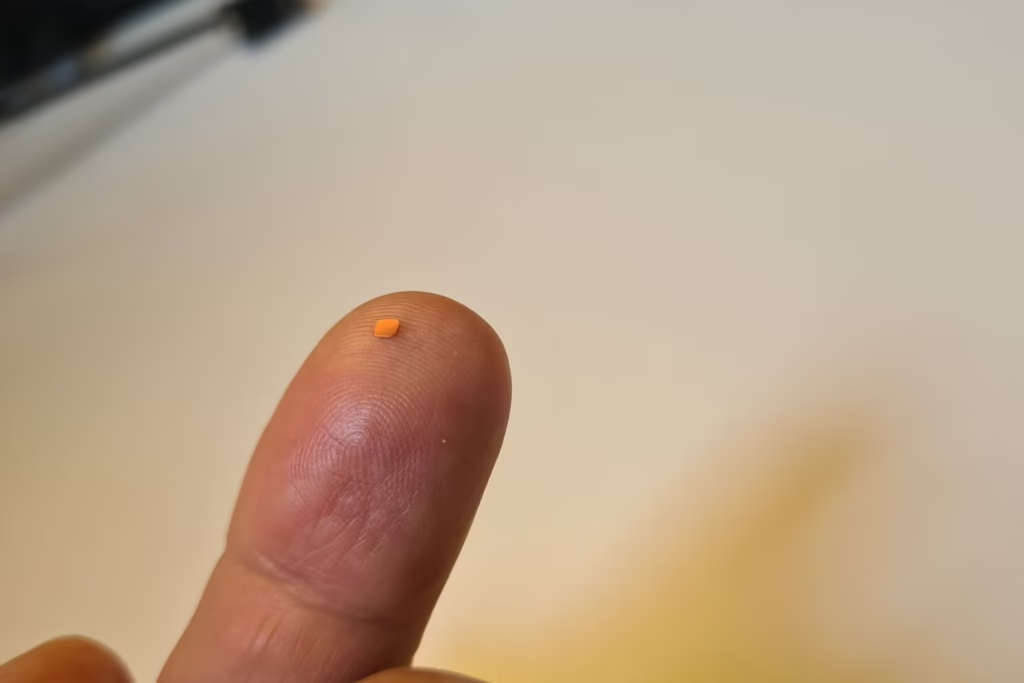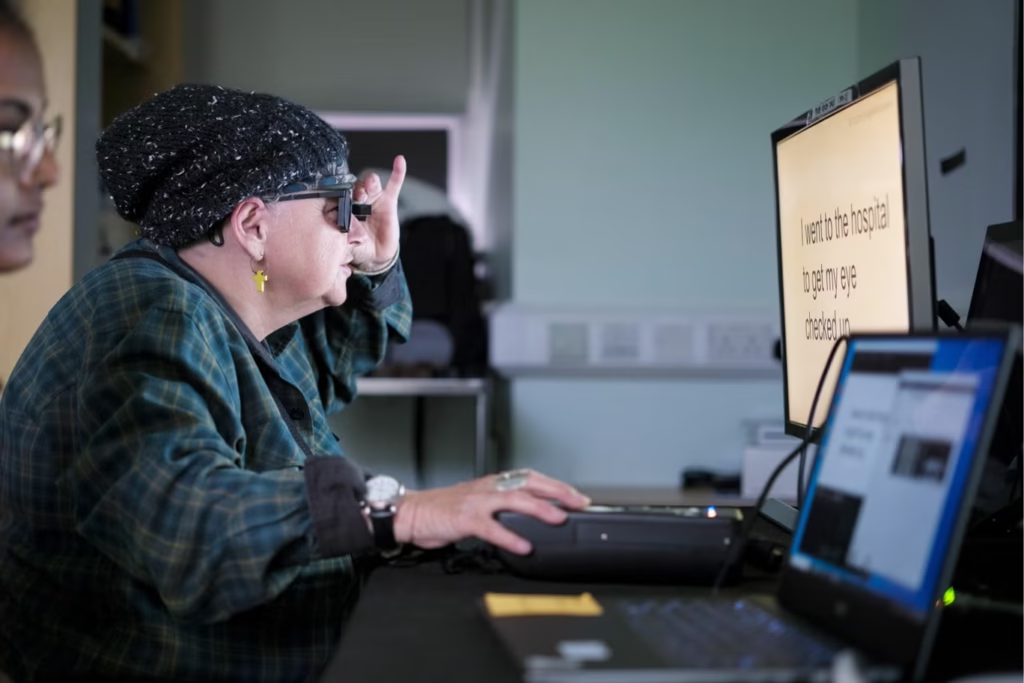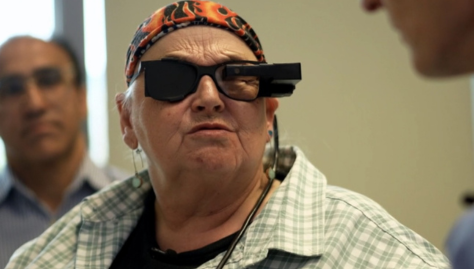A breakthrough new clinical trial at the Moorfields Eye Hospital NHS Foundation Trust in London has given people hope. In a pioneering clinical trial, one woman aged 88 got a tiny chip implanted under her retina after she lost vision. The Junior Age has all the details below.
Everything about the bionic eye implant:
A pioneering clinical trial at Moorfields Eye Hospital, United Kingdom, has restored sight to patients who lost vision to dry age-related macular degeneration (AMD). The device is called the PRIMA System (a 2 mm × 2 mm micro-chip), and it works together with augmented-reality glasses that have a camera. The glasses capture what the person sees, a computer processes it, then the chip sends a signal into the retina and onwards to the brain. The PRIMA microchip implant, developed by Science Corporation, enabled 84% of participants to read letters, numbers, and words using prosthetic vision. Take a look at the microchip used for the bionic eye implant –

Sheila Irvine, who lost her sight 15 years ago, described the implant as “life-changing.” “Reading takes you into another world,” she said, after regaining the ability to read through months of rehabilitation.

Senior consultant Dr Mahi Muqit called the development “a new era in artificial vision,” adding that the two-hour Bionic Eye Implant surgery could soon become accessible for millions worldwide. During the trial, a chip was fitted under the layer of light-sensitive tissue in the eye called the retina. To see words and write, patients wear augmented-reality glasses with a video camera, which the chip uses to beam information to a pocket computer.
Artificial intelligence in the computer processes the information into an electrical signal that is sent to the optic nerve and to the brain. A zoom feature can even magnify letters.
Stay updated with science news! Subscribe to The Junior Age – click here.

